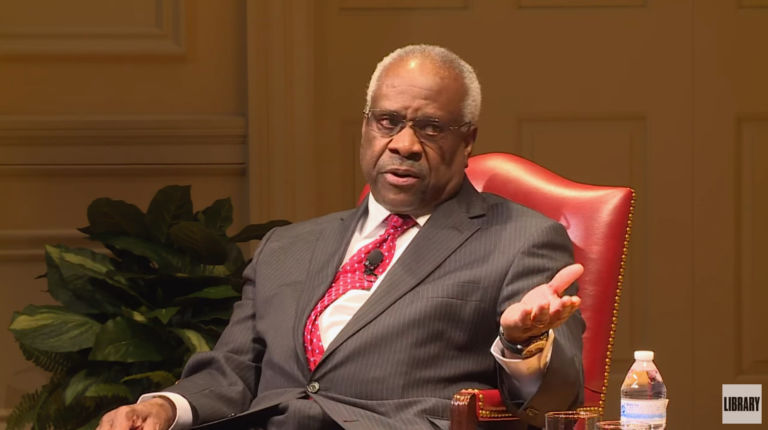New research from the Institute for Energy Research shows more than ever before how the Obama administration’s approach to energy policy is fulfilling the president’s 2008 vision of "necessarily skyrocket[ing]" electricity rates.
In a first-of-its-kind study, IER chose to go beyond comparing energy sources according to the levelized cost of electricity (LCOE) of building new plants but instead to compare the LCOEs of existing plants as well.
IER’s insight is that aggressive federal and state policies aimed at boosting certain kinds of generation sources and crippling certain others are distorting the cost landscape of keeping old and building new plants. As they write,
Federal and state policies threaten to shutter more than 111 GW of existing coal and nuclear generation, while large amounts of renewables, such as wind, are forced on the grid. To understand the impacts of these policies, it is critical to understand the cost difference between existing and new sources of generation.
The question was basically what are ratepayers getting for what they’re giving up. And the answer was, discouragingly, much more expensive generation — especially nondispatchable renewables such as solar and wind.
"Electricity from the existing generating fleet is less expensive than from its available new replacements, and existing generators whose construction costs repayment and recovery obligations have been substantially or entirely met are often the least-cost producers in their resource fleet," the report states.
Those are, unfortunately for ratepayers, the generators that current public policies seek to drive into early retirement — to be "replaced with capacity sources whose electricity may be substantially more expensive."
As stated in the report:
A combination of current public policies drive the current retire/replace trend including:
- Subsidies; making the construction and operation of energy-only "renewable" generation resources the least-cost entry even though they may offer a significantly lower capacity value than the sources they displace.
- Mandates; requiring significant increases in the market share of renewable electricity over several years. Increases in market share for renewable energy erodes the market share and capacity factor of marginal high capacity value resources.
- Environmental and other regulations; both pending and finalized, add new fixed costs to existing units.
As IER points out, these policies don’t merely affect the cost structure of the industry. Electricity is a vital necessity, as anyone should know.
So policymakers’ decisions in electricity policy have far-reaching impact — on "a large sector of the domestic economy and a fundamental part of Americans’ well-being."
The Supreme Court taps the brakes
In one of its lesser remarked decisions these past few days, the U.S. Supreme Court delivered a potentially significant ruling against the U.S. Environmental Protection Agency.
The EPA has been the chief bludgeon used by the Obama administration in its declared desire to bankrupt and "crucify" coal power plants.
The Supreme Court may have jeopardized that goal, according to analysis by Cato:
In a 5-4 decision today, the Supreme Court struck down the Obama Administration EPA’s signature "Mercury and Air Toxic Rule," which regulates emissions by fossil-fuel-fired power plants. Before regulating, EPA was obligated to decide whether regulation under one the Act’s most burdensome programs was "appropriate and necessary." EPA interpreted that language to preclude it from considering the costs of regulation — some $10 billion per year, in exchange for $4 million or so in direct benefits. That interpretation, the Court decided, was ludicrous.
The decision may well leave the Obama climate agenda in tatters. Why that is requires a bit of explanation. In the usual case when the Court finds a rule to be unlawful, it vacates the offending action — in other words, deprives it of legal force. But that’s not what the Court did here. Instead, it sent the case back down to the D.C. Circuit for further proceedings, knowing full well that that court will follow its usual practice of "remand without vacatur" — in other words, let the agency fix any flaws in its rule while leaving the rule in place.
This is a very big deal. The centerpiece of the Obama Administration’s climate agenda is EPA’s so-called "Clean Power Plan," which aims to cut power plants’ carbon-dioxide emissions by around 30 percent and force the phase-out of coal-fired generation. But the statutory authority that EPA claims supports this effort explicitly carves out any regulation of facilities that are already subject to regulations like the Mercury Rule. So if the rule remains in place — as seems likely — then the Clean Power Plan should be dead in the water.
Click here for the Rights & Regulation Update archive.
You can unsubscribe to this and all future e-mails from the John Locke Foundation by clicking the "Manage Subscriptions" button at the top of this newsletter.


